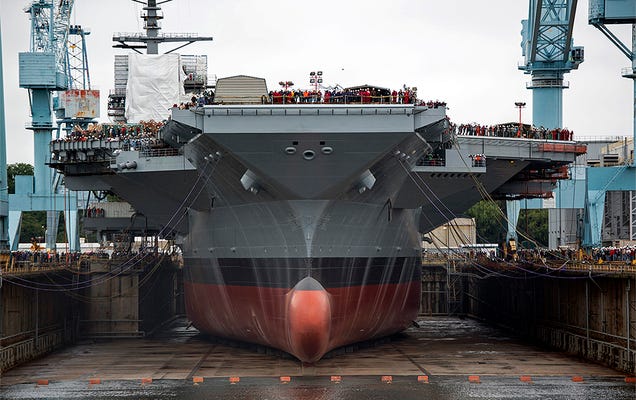Winging It Definition: Seatability: “A
process of seating more passengers per flight through attracting passengers through
lower prices and gaining higher profits. This new describing noun is
seatability, and airlines are filling more seats per aircraft with this endeavor
for higher profits. The industry is trying to capture the single aisle profits
similar to what Southwest Airlines has done in North America.
24/7
Wall Street Quote: "Parker’s remarks in May came in response to
a challenge from Southwest Airlines Co. (NYSE: LUV), which had just changed
its order for 31 Boeing 737-700s to an equal number of 737-800s, adding 32 more
seats per plane. Southwest said at the time that it expects capacity growth of
up to 8% this year. "
Cause and effect of "Seatability" Prices: Everyone can Fly.
Typically nominal life style people won't afford airline tickets unless it is
necessary for their lives to do so. Flying is necessary investment for most people. The market hasn't been fully
tapped, only with Southwest Airlines, since it has made its business
model upon this market segment. The vast majority of North Americans can only
fly to weddings, funerals and graduations. Dropping prices adds vacations,
business, and maybe a Vegas trip. Legacy carriers miss much of this market from
higher ticket prices. American Airlines has begun a pivot towards this market
segment, as it sees Southwest's profitability model a doable
advantage for its own overarching global scheduling. American Airlines wants to
play too, in the continents travel sandbox."In late May, American Airlines Group Inc. (NASDAQ: AAL) CEO Doug Parker told Bloomberg News that his company would compete “aggressively” with discount carriers by adding more seats and cutting fares to keep flights full. Friday morning American said it would delay delivery of five new planes from Boeing Co. (NYSE: BA) and 35 new planes from Airbus.
Aside from higher fuel costs, there is nothing that affects an airline’s profitability more than flying empty seats around. Analysts almost unanimously target capacity as a profit signal, and adding capacity, especially at the legacy carriers, needs to be accompanied by increased routes in order to maintain profit levels. Friday’s announcement will be greeted with cheers from airline analysts." WS 24/7
The above description of American Airline order pause, signals it is maximizing it profitability and is adjusting its delivery timing while syncing with financials flows it has strained, during the last few years. It is increasing its "Seatability". By using a delay in delivery suggests that operational optimization of sources and uses is the action. It is not to be read as a weakness, as most news report airline failures and a forthcoming delivery delay. American has indeed signaled it is in an opportunity zone, and is taking the pause for aligning financial and operational programs.
The more filled seats American Airlines has, the better efficiency and profits. This is straight out of the Southwest's playbook. However, Southwest has been in this position for a long time tapping the nominal market, and will continue whether American Airlines taps in or not at this point in time. American would have to feature this element of travel by expanding its destination footprint considerably beyond its current routes. It sounds like American Airlines would like to maximize seat and price affects within its current network initially.
_at_night.jpg)



